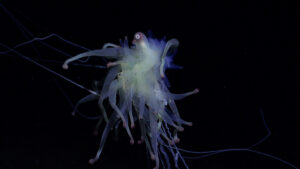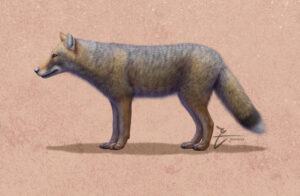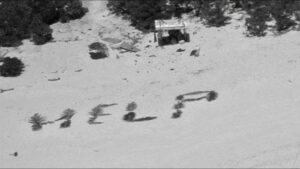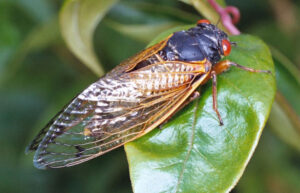A passion for the natural world drives many of our adventures. And when we’re not actually outside, we love delving into the discoveries about the places where we live and travel. Here are some of the best natural history links we’ve found this week.
Stealthy marine robot studies deep-water life: Mesobot is a 250kg robot that tracks underwater creatures without disturbing them. Scientists use it in the ocean’s twilight zone (200m to 1,000m down) to study diurnal vertical migration. DVM is a daily phenomenon in which deep-sea marine life comes closer to the surface to feed at night. Studying these creatures has been a challenge, as they flee from light or anything that disturbs the water. “All of the mechanisms that we think would frighten the animals, we looked to minimize…We made something that doesn’t disturb the water, doesn’t have bright lights, and doesn’t make a lot of noise,” says Dana Yoeger of Woods Hole Oceanographic Institution in Massachusetts. Instead, the robot uses a red light camera to monitor the movements of the migratory creatures.
Dinosaurs at the Pole
Dinosaurs of the Far North: Hundreds of bones and teeth from dinosaur hatchlings have been found along the Colville River in northern Alaska. The bones come from seven dinosaur families, including tyrannosaurs, duck-billed hadrosaurs, and horned and frilled certopsids. Previously, it was thought that dinosaurs just migrated through the High Arctic. Paleontologist Patrick Druckenmiller now says that the new fossil evidence shows that “they’re actually nesting and laying and incubating eggs…practically at the North Pole.”

Hundreds of teeth and bones from baby dinosaurs have turned up in northern Alaska. Photo: Patrick Druckenmiller
Fossil of strange Neanderthal found in Israel: Fossils found in a sinkhole in Israel might belong to a previously unknown group of extinct humans that lived over 100,000 years ago. The bones combine Neanderthal and human features. They are significantly different from Homo sapiens, who were present in the area at the same time. “Together with other studies, this work shatters the simple picture of modern humans coming out of Africa and Neanderthals living in Europe. The picture is much more complex,” said Dr. Yossi Zaidner of the Hebrew University of Jerusalem.

The fossils from Nesher Ramla in Israel. Photo: Yossi Zaidner
Magnetic molecule
Migrating birds sense Earth’s magnetic field: Scientists have long suspected that migrating birds use the Earth’s magnetic field to navigate. Now they may have finally figured out how. The birds have a molecule in their eye called cryptochrome 4 that reacts with magnetic fields in the lab. Researchers think that it allows birds to see darker and lighter areas when they look in the direction of magnetic field lines. “You may be able to see where north is as kind of a shading,” says lead researcher Henrik Mourtisen of the University of Oldenburg in Germany.
29 planets where aliens could observe earth: Astronomers estimate there are 29 habitable planets that are positioned to see Earth and even intercept human broadcasts. For centuries, humans have tried to find out if aliens exist. Now researchers have identified 1,715 star systems that could have “watched” the Earth transit in front of the sun over the last 5,000 years. Of these, 46 are close enough to detect radio and TV broadcasts, and 29 of them are potentially habitable.
Mongoose mothers forget which pups are theirs: Pregnant mongooses within a colony all give birth on the same night. This makes it much harder for mothers to recognize which pup is theirs. This uncertainty actually helps the mongoose colony. Rather than focus on their own pup, the mothers care for those that are most in need, giving all of them a better chance of survival.

Banded mongoose group, Masai Mara, Kenya. Photo: Hermann Brehm
The Battle of Mhoine
Battle to build UK’s first spaceport in Sutherland: Dorothy Pritchard and Wilma Robertson want to build the UK’s first spaceport on the Mhoine peninsula in the Scottish Highlands. Starting late next year, an aerospace company’s rockets will shoot into orbit from the peat bog stretching from Loch Eriboll to the Kyle of Tongue. Though planning permission for the spaceport has been granted, there is an issue. The Mhoine is a specially designated haven for wildlife and may become a UNESCO World Heritage Site. The Battle of Mhoine, as some call it, pits locals against newcomers, the environment against the economy, and preservation against progress.






